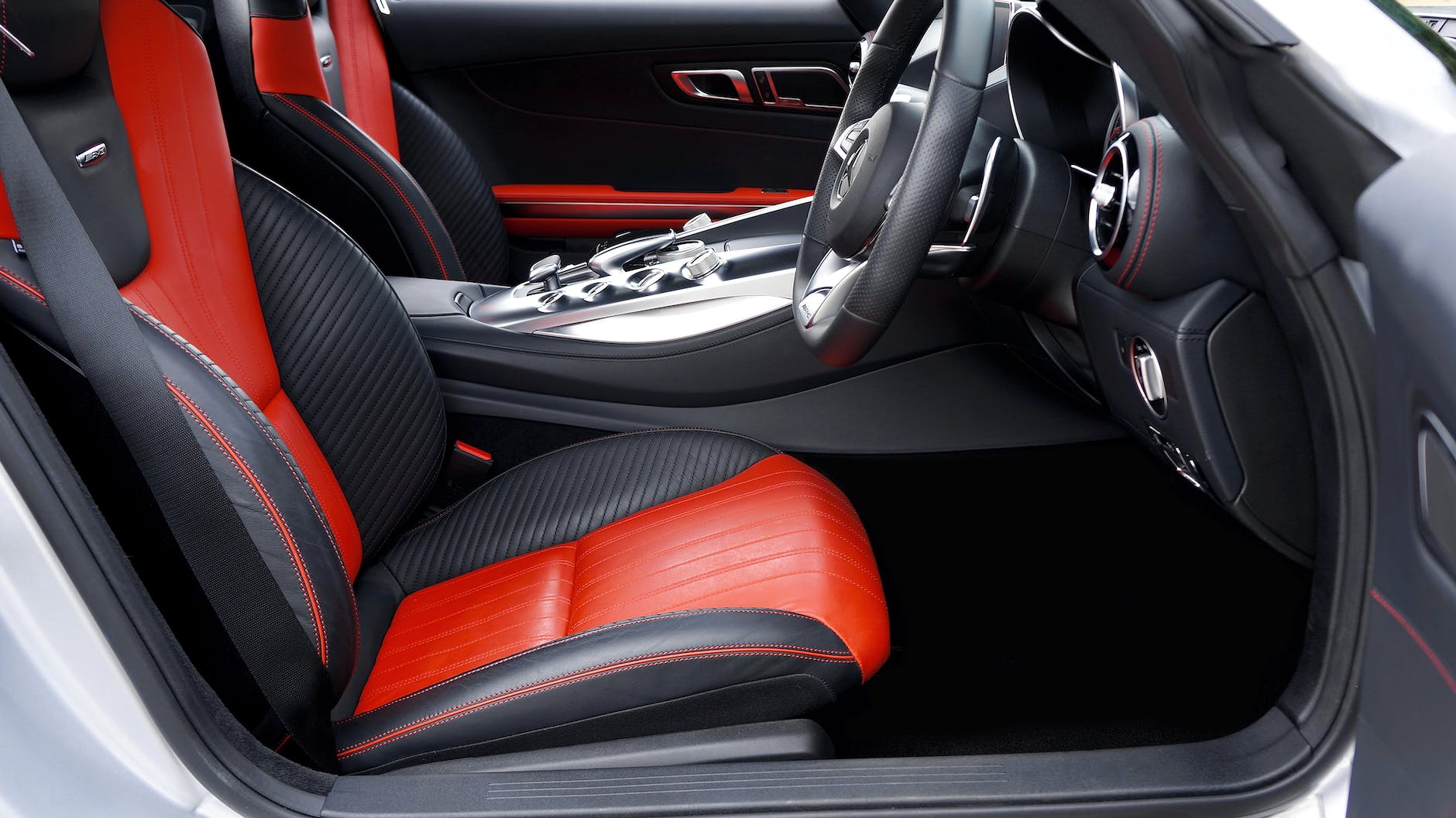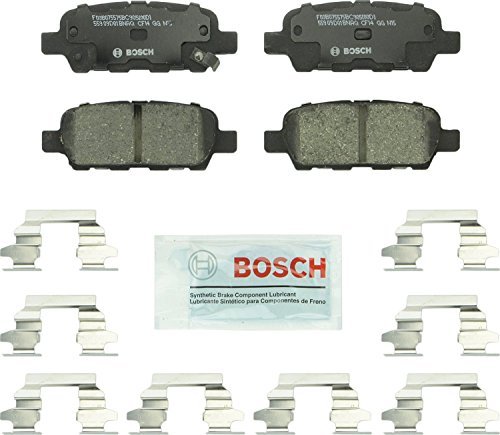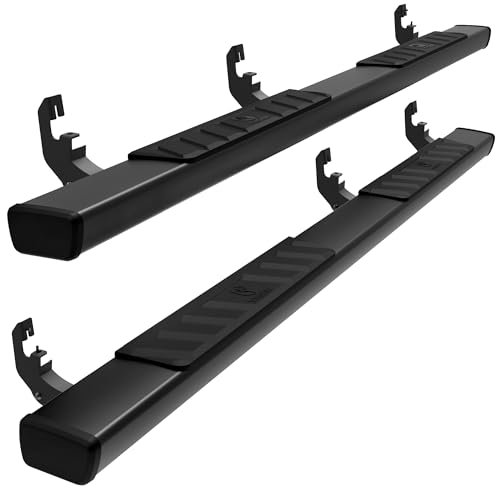How to Diy Seat Cover Projects: Step-by-Step Transformation Guide
Transforming your seat covers can be a fun and budget-friendly DIY project. With a few materials and some creativity, you can create custom seat covers that reflect your personal style and protect your seats.
Whether you want to revamp old covers or design new ones from scratch, this guide will provide you with the necessary steps and tips to successfully complete your seat cover project. We will walk you through the process of choosing the right fabric, measuring and cutting patterns, and sewing the covers together.
Follow these easy steps and enjoy the satisfaction of a DIY seat cover project that transforms your seats into stylish and comfortable statements.
Choosing The Right Seat Cover
Consider the Material: When selecting a seat cover for your DIY project, it is essential to choose a material that is durable and easy to clean. Opt for fabrics like polyester, vinyl, or leatherette, as they are known for their longevity and resistance to stains. These materials also offer a wide range of designs and styles to suit your preferences.
Measure the Seat Dimensions: Before purchasing a seat cover, take accurate measurements of your seats to ensure a proper fit. This will allow you to select the right size and make the installation process smoother. Remember to measure not only the seat surface but also the backrest and headrest areas, if applicable.
Select a Suitable Design: Out of the numerous seat cover designs available, choose one that complements the overall theme and aesthetics of your vehicle’s interior. Consider factors like color, pattern, and texture that blend harmoniously with the existing upholstery. You can opt for a solid color for a timeless look or experiment with patterns to add a touch of personality.
Gathering The Necessary Tools And Materials
Gathering the Necessary Tools and Materials
When embarking on a DIY seat cover project, it’s crucial to have the right tools and materials on hand. These basic items will help you achieve a professional-looking result without any hassle:
| Measuring tape | Scissors |
| Fabric glue | Staple gun |
| Fabric of choice | |
With a measuring tape, accurately measure your seats to determine the fabric size you’ll need. Scissors will come in handy for cutting the fabric to the desired dimensions. Use fabric glue to securely attach the fabric to your seats. For added durability, utilize a staple gun to fasten the fabric in place. Lastly, select a high-quality fabric of your choice that suits your preferred style and complements your existing interior. Having these essentials ready will set you up for success as you delve into your DIY seat cover project.
Step-by-step Seat Cover Transformation
Transforming your seat covers can give your furniture a fresh and personalized look. Follow these simple steps to achieve a professional-looking result:
Removing the Existing Seat Cover: Start by carefully removing the old seat cover using a screwdriver or pliers. Take note of how it was attached, as this will help when putting on the new cover.
Cutting and Preparing the New Fabric: Measure the seat carefully, and cut the fabric accordingly, leaving a few extra inches for a neat finish. Iron the fabric if needed to remove any wrinkles. Place the fabric on a flat surface with the wrong side facing up.
Attaching the New Cover to the Seat: Position the seat on top of the fabric, ensuring it is centered. Starting from one side, pull the fabric tightly over the seat, and staple it to the underside. Repeat this process on the opposite side, pulling the fabric tightly to avoid any wrinkles. Continue stapling the fabric along the edges, making sure it is smooth and securely attached.
With these easy steps, you can quickly and affordably transform your seat covers and give your furniture a stylish update.
Frequently Asked Questions For How To Diy Seat Cover Projects:
How To Make Your Own Seat Covers?
To make your own seat covers, follow these steps: 1. Measure and cut fabric to fit your seat. 2. Sew the fabric pieces together, leaving openings for headrests and fastenings. 3. Attach fasteners to secure the cover to the seat. 4.
Use an upholstery stapler to attach the cover to the seat cushion. 5. Trim excess fabric and tidy up any loose threads for a finished look.
What Can I Use As A Car Seat Cover?
You can use a variety of materials as a car seat cover, such as leather, fabric, or even a towel. It helps to protect your car seat from stains, spills, and overall wear and tear.
What Materials Are Used For Seat Covers?
The materials commonly used for seat covers include leather, vinyl, fabric, and neoprene.
What Material Is Used To Cover Car Seats?
Car seats are covered with a variety of materials, including fabric and leather.
How Do You Make A Diy Seat Cover?
To make a DIY seat cover, measure your seat, select fabric, sew the pieces together, and attach to the seat with elastic straps.
What Materials Do I Need For A Diy Seat Cover Project?
You will need fabric, a measuring tape, sewing machine, elastic straps, scissors, and pins for a DIY seat cover project.
Can I Use Any Fabric For A Seat Cover?
Yes, you can use a wide variety of fabrics for seat covers, such as cotton, denim, or upholstery fabric, depending on your preference and durability needs.
Conclusion
These DIY seat cover projects offer an affordable and creative way to transform the look of your furniture. By following the step-by-step instructions provided, you can easily personalize your seat covers to match your style and preferences. With the tips and techniques shared in this blog post, there’s no need to spend a fortune on new seat covers when you can easily create your own.
So, get started on your DIY seat cover project and enjoy the satisfaction of giving your furniture a fresh new look.







